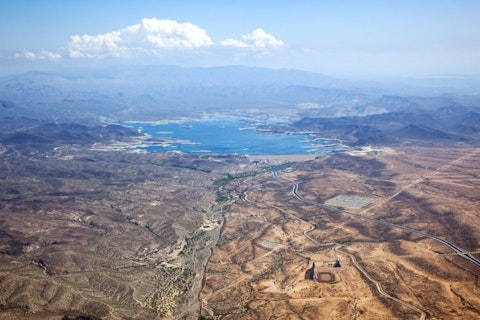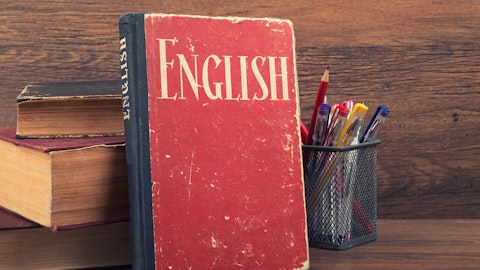What makes a lake one of the 11 deadliest lakes in the United States? The question has a variety of possible answers. Boating and other popular recreational activities are not closely monitored by anyone other than the area tourism board — you don’t need a license to drive a boat, though you usually need to register any boat that you own. Boating goes hand in hand with alcohol in a lot of cases, and though it’s illegal to drink and drive a boat in all 50 states, most boaters can count on one hand the number of Coast Guard or other enforcement vehicles they’ve seen in their entire boating lives.
Boaters also face a number of challenges that we never have from inside our cars. There are no “rules of the road” for boats, nor any clear established routes to take. Sheltered harbor areas like the furthest tendrils of the Lake of the Ozarks have no-wake zones, but many boaters ignore this simple rule. People boat without enough life jackets or without wearing those life jackets. They pull tubes or water skiers and create more variables for other boaters to try to negotiate. Driving a boat is a complex responsibility that is, perhaps, not taken as seriously as it should be.

Tim Roberts Photography/Shutterstock.com
Many larger bodies of water — the shores of the Gulf of Mexico, maybe, or the Mississippi River — have clearly marked channels of deeper, safer water to show boaters where they can open up the throttle and go faster. Besides speed, this has safety ramifications: like a tall semi-truck tractor trailor, a boat with a deep hull can’t simply drive wherever it likes. It will get stuck on mudbanks, hit underwater obstacles like sunken boats or trees, or even hit the very barriers that define the deep water channel. Lakes can have fewer of these careful and highly visible guideposts.
Besides the logistical dangers for those boating on major lakes in the United States, there is enormous pollution all over the country. The Environmental Protection Agency has a special category for the most polluted places, designated “Superfund sites” by the Comprehensive Environmental Response, Compensation, and Liability Act of 1980. Out of hundreds of Superfund sites, relatively few include or border lakes, but pollution can easily spread through groundwater, streams, and other modes to contaminate lakes. Most of the 11 most dangerous lakes in the world are deadly for their pollution.
Polluted lakes offer a special kind of danger, because while people in the United States don’t typically find their own way into the groundwater supply or drink directly from local streams, lakes are centers of tourism and local recreational activities. On a hot summer day, it’s a fool’s errand to stop citizens from visiting the beach and trying to swim, especially if the beach is private property. People may know they should only boat on a lake instead of swimming in it, but that willpower only lasts so long, and what if people fall in by accident?
All that is to say . . . The overall list of deadliest lakes includes a variety of criteria. Where did the lake fall on the U.S. Coast Guard’s 2001 report on rates of boating accidents? Is the lake an EPA Superfund site, and for how long? Is the lake in the news for pollution or boating danger? What do local law enforcement and other officials have to say? Let’s take a look.





